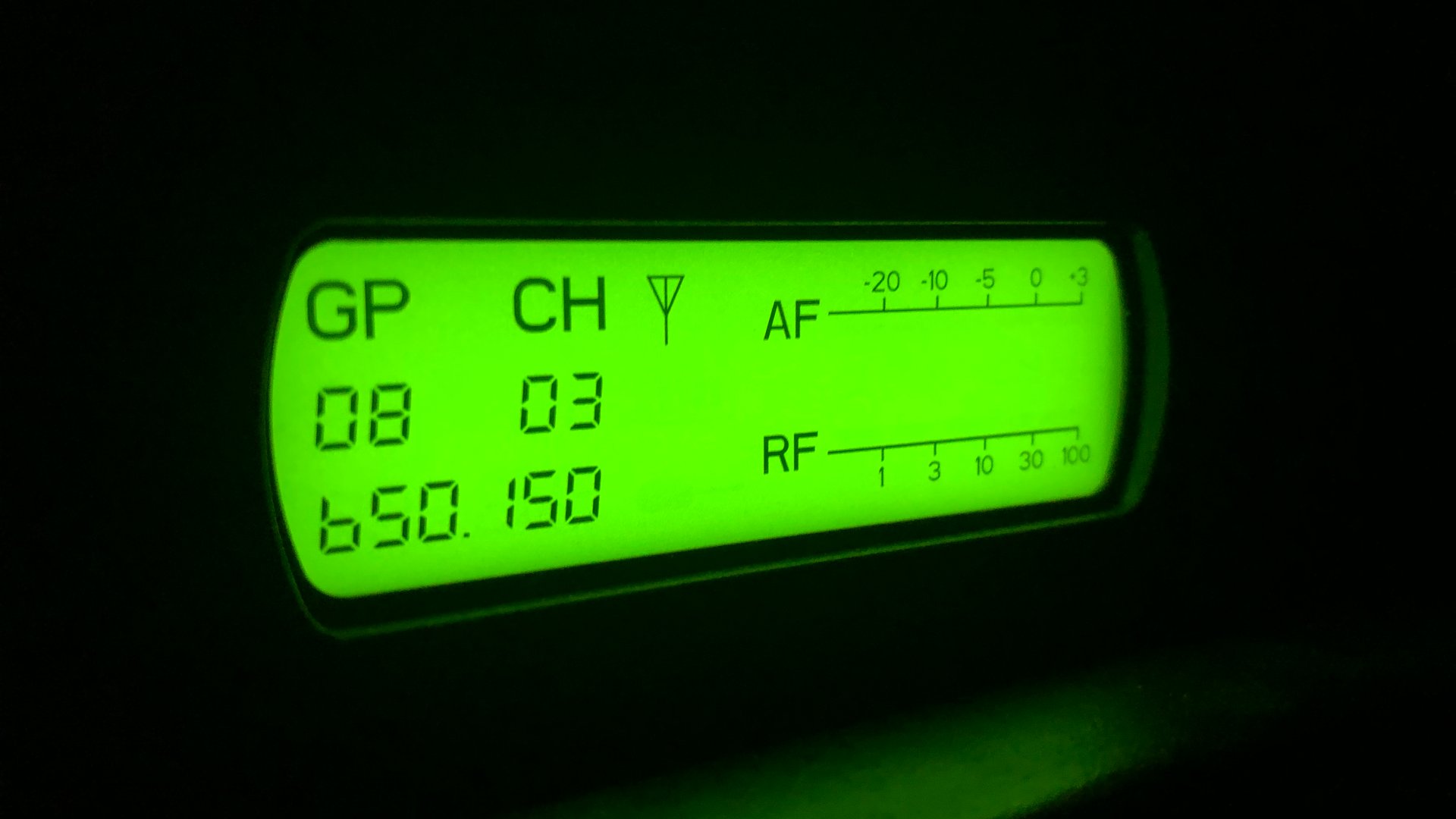

Every Sunday morning in church sound booths across America someone flips a switch and wireless receivers wake up from their slumber. With extended antennas, the receivers are ready to play their part in worship by passing signals from wireless microphones to the soundboard. For some churches, July 12, 2020, will be the last time they can use their wireless devices; legally.
On April 13, 2017, an auction was held. Upon the auction block were the frequencies of 614-698 MHz. Though not a Van Gogh painting, the Beatles song library, or Jimi Hendrix’s 1968 Stratocaster, these frequencies are a very valuable commodity nonetheless! Cell phone carrier T-Mobile came out as the top bidder paying a reported $8 Billion for these frequencies and plans to use them for expanding their wireless territory. So now the question now becomes how to find out if I have wireless devices in the 600 MHz range and what are my options if I do.
Frequency Check
In most cases finding the frequency that your wireless device is operating on is as simple as turning on the receiving unit (the box with the antennas attached to it) and looking at the display screen. If you see a group of numbers in the format of ###.### then you have found what you are looking for.
If you have a device that only displays a channel such as 1, 10, or A, or B, then you will need to check the manufacturer’s manual or website. If you are like me, there’s no use in looking for the manual because it has long been lost; so to the internet, we go! A simple way to search for your wireless device’s operating frequencies is to search “Brand + Model + wireless frequency range”. Example: “Shure GLX wireless frequency range”.
Once you find your device’s frequency range check it against the numbers below. You will be looking at the three numbers to the LEFT of the decimal point. If that number falls inside the frequency range below, then you will need to replace your wireless device before July 13, 2020.
What are my Options
There are three options available to choose from.
Option 1: Ignore the warning and hope for the best.
I know you can feel your rebel side just welling up inside you screaming “Stick it to the Man!” Might I suggest you dial the rebel back just a little bit? Choosing to ignore the warning and continue using wireless devices on the illegal frequencies after July 13, 2020, will result in fines and criminal penalties. Let’s not go down that road!
Option 2: Ditch the wireless mics and go hard wired.
I know some of you can feel your blood pressure rising as you read this article. Trust me, I know how you feel! I mean, who designs a wireless device, sells it, and then decides to sell the wireless frequencies they operate on forcing countless consumers to spend even more money to replace the perfectly their good working wireless devices!? Let me step down from my soapbox and catch my breath. I get it, it’s a huge investment to replace a rack of wireless devices. One economical solution is to use hard wired microphones instead. Though it may cause your stage to have a few more wires, at least you know those won’t be deemed illegal anytime soon!
Option 3: Replace your wireless devices.
When going hard wired is not possible or advantageous, replacement may be your only option. A few things to keep in mind when replacing your soon-to-be-illegal wireless devices.
One thing you can always take to the bank is “You get what you pay for”! Cheap and multi-microphone units are often off-brand, bargain brand, or never meant to be used for anything other than a child’s toy. In most cases, they will drop signal, have squelching issues, and distort if you sing or speak into them with any gusto!
Keep in mind that you have 14 months to replace devices in the 600 MHz range, so spread the cost out and get a quality device that you can trust.
We are here to help
If you need help finding out what frequencies your devices operate in or if you need help with upgrade options, please contact us; we are here to help!
